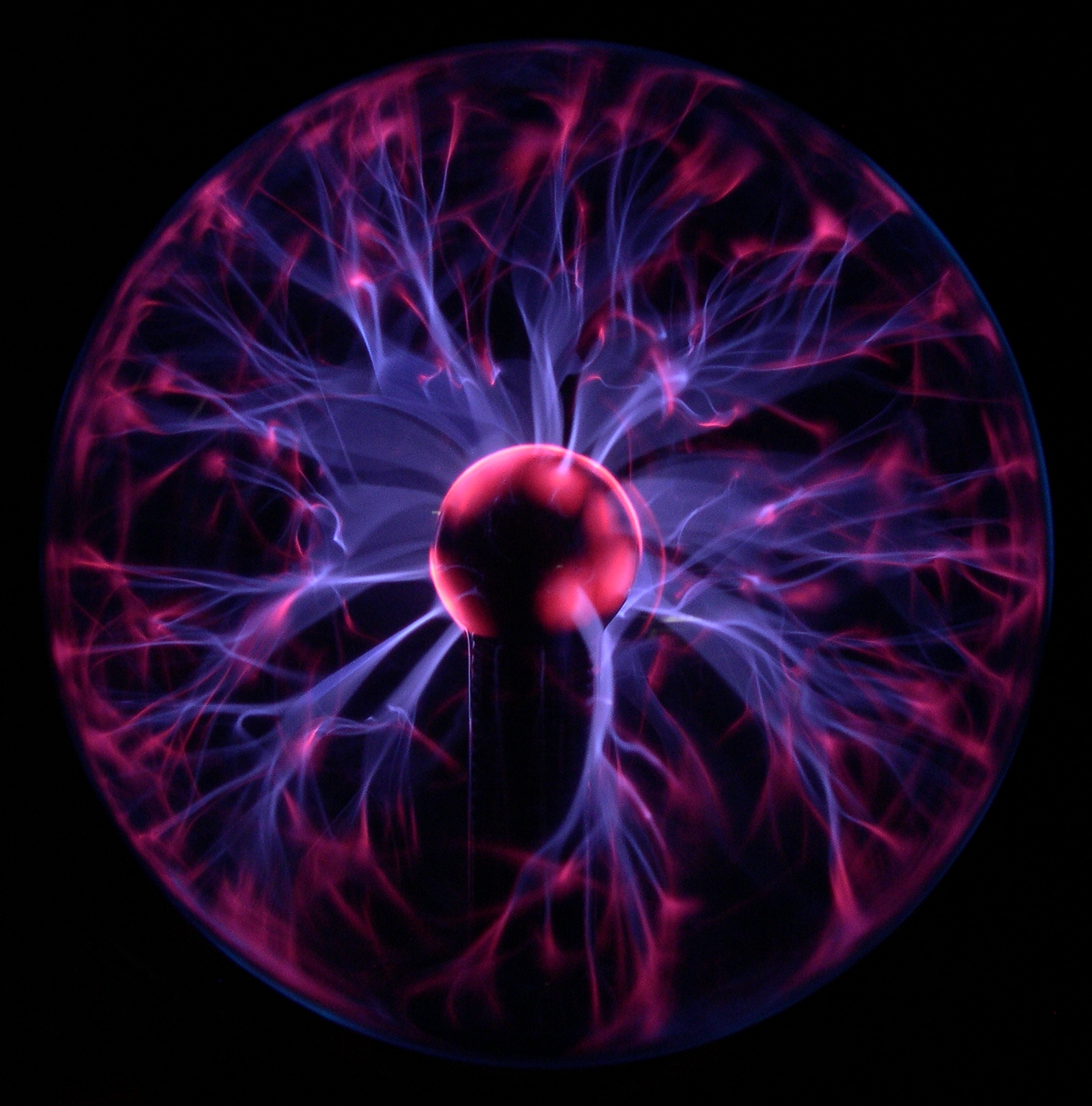The most abundant form of matter in the universe isn't solid, liquid or inert gas, but plasma. Yet few people have heard of it, and even fewer know what it is.
Defining plasma
The reason for this is that plasma isn't a state of matter, but a condition. All plasmas are gases with the additional quality that their electrons have been separated to some degree from their molecules. The overall charge of a plasma is zero, or close to zero. However, a large number of the molecules in the gas are missing an electron. They are ionized, with their electrons floating freely between molecules, or attached to other, negatively charged molecules.
The gas isn't charged, because that would imply an overall excess or deficiency in electrons. It's therefore wrong to say that a plasma is a charged gas. The correct description is that it is a charge-separated gas with an overall neutral charge balance.
The most common charge separation is one where electrons are separated from molecules, making molecules positive and electrons free floating. But a mix of positively and negatively charged molecules would also qualify as a plasma. The key is that charge is separated within the gas, making individual molecules positively or negatively charged, while the overall body of gas remains neutral.
Properties of plasma
Charge separation in gases can be achieved in multiple ways. Photon radiation, heat and electric fields all have the ability to tear electrons from molecules, so it's no wonder that the universe is full of this stuff.
The resulting plasma is an electric conductor with a remarkable ability to self-organize. All sorts of interesting patterns can be created with relative ease in a laboratory. Kristian Birkeland made several experiments at the University in Oslo, more than a hundred years ago, where he replicated Earth's Auroras, Saturn's rings, and features of the Sun, thus proving that all of these phenomena could be related to plasma currents.
Recently, we've seen the SAFIRE project make several experiments with their own terrella. As it turned out, one of their experiments proved to be rather prophetic, as can be seen in this video.
Wolf–Rayet star
A so called Wolf–Rayet star has been observed with ripple-like rings surrounding it, very similar to what was observed in the SAFIRE project.
This should come as no surprise because Wolf–Rayet stars exist in environments of highly ionized gases, i.e. plasma. The conditions surrounding such stars are identical in nature to those created in the plasma chamber used by the SAFIRE project.
Conclusion
It's well known that our universe is dominated by gases in their plasma state. It should therefore come as no surprise that stars and planets exhibit the self organizing properties that are known to take place in plasma currents. Yet, mainstream astronomers persist in their insistence that it is gravity, rather than plasma currents, that dominate the inner workings of the universe.
It's high time for a change.
 |
| Plasma lamp |
By I, Luc Viatour, CC BY-SA 3.0, Link
No comments:
Post a Comment